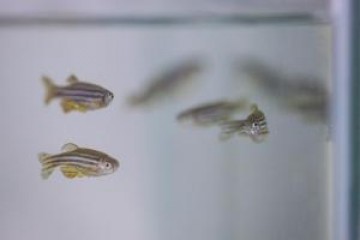PhD Studentship
Modulating Macrophage Phenotypes During Infection In Zebrafish

At a glance
In progress
Award date
October 2022 - March 2026
Grant amount
£90,000
Principal investigator
Dr Phillip Elks
Co-investigator(s)
Institute
University of Sheffield
R
- Replacement
Read the abstract
View the grant profile on GtR
